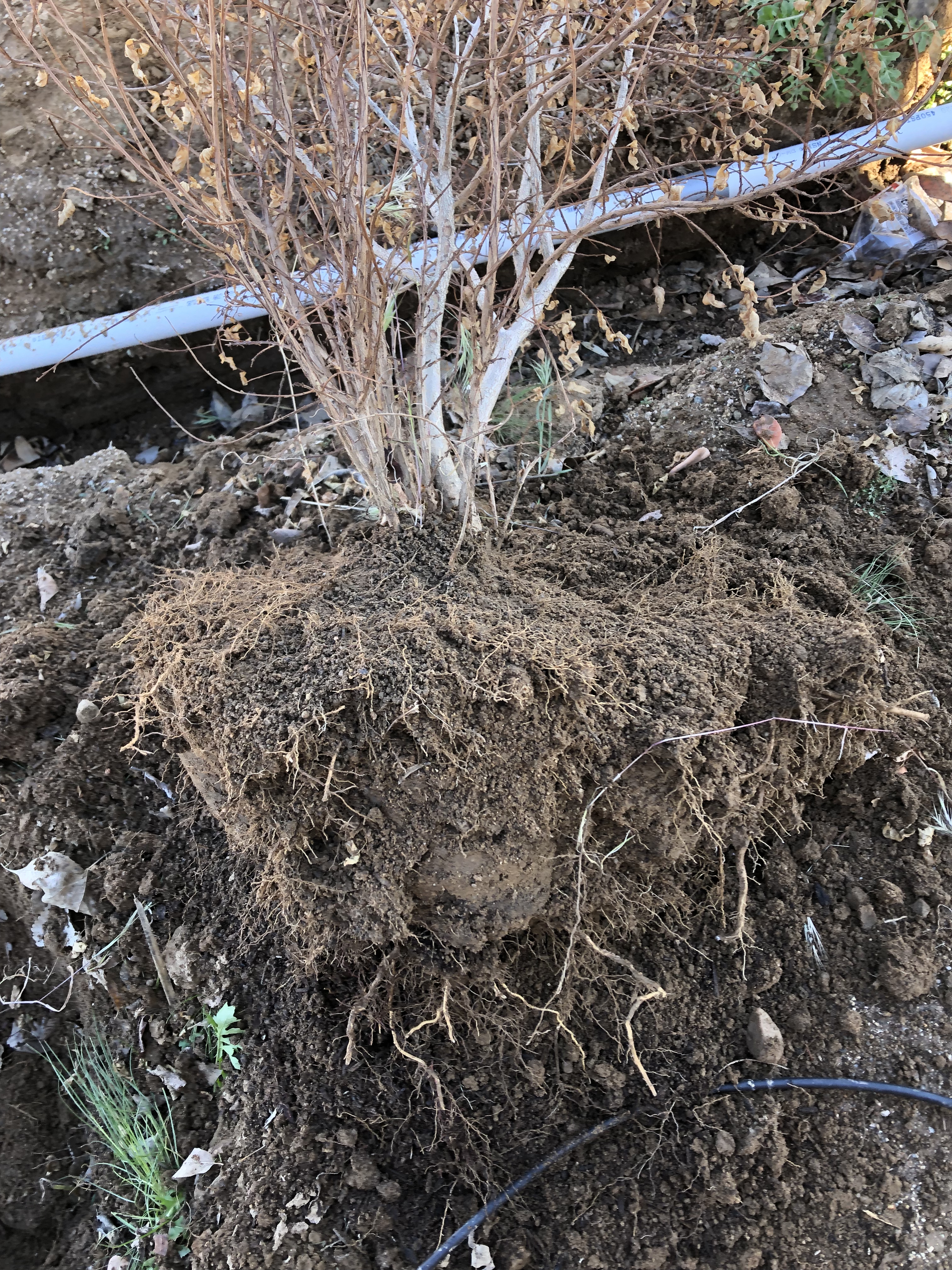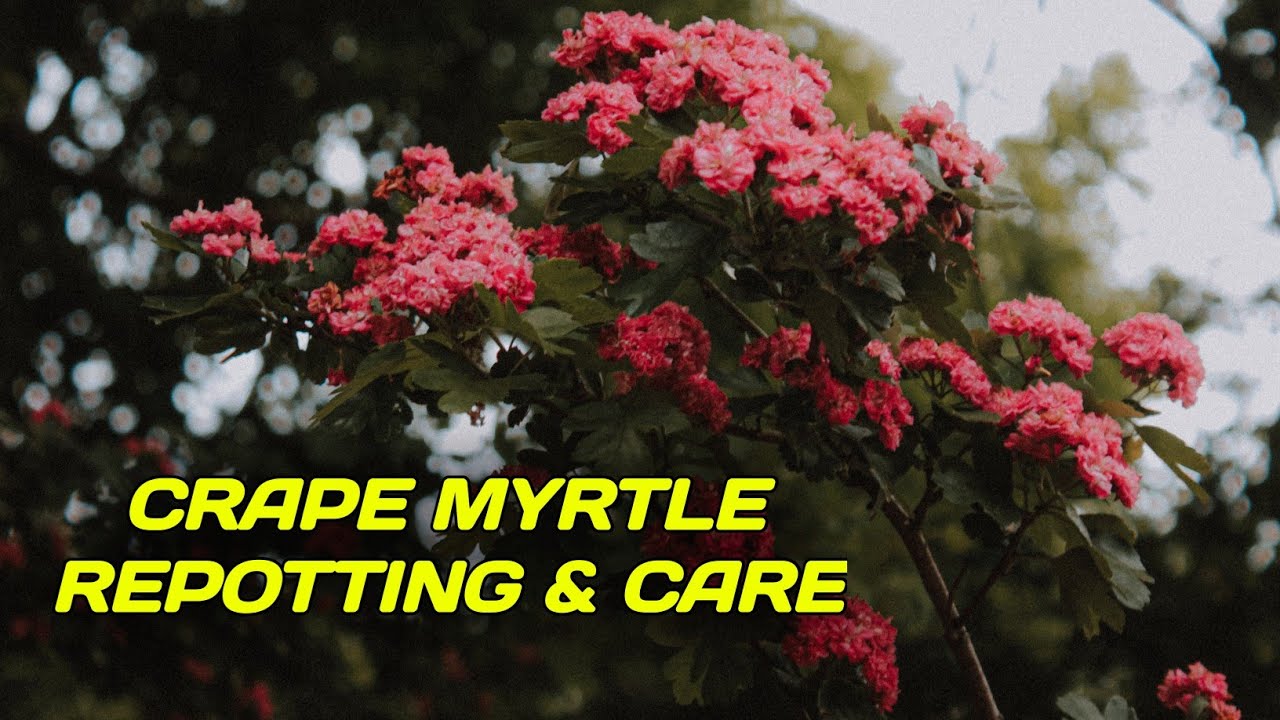To repot a crape myrtle tree, carefully remove the tree from its current container and place it in a larger pot with fresh soil. The process involves gently loosening the roots, adding soil, and ensuring proper drainage.
Crape myrtle trees are beloved for their vibrant flowers and graceful growth habits. If you’re a proud owner of a crape myrtle tree and it has outgrown its current pot, repotting becomes necessary. Repotting not only provides the tree with more space to grow but also refreshes its soil, promoting healthy root development.

Credit: www.natesnursery.com
Additionally, repotting allows you to correct any soil-related issues, such as poor drainage or nutrient deficiencies. We will guide you through the step-by-step process of repotting a crape myrtle tree, ensuring its successful transition to a new and improved home.
How to Repot Crape Myrtle Tree : Step by Step Guide
Choosing The Right Time
The best time to repot a crape myrtle tree is during its dormant season, which is typically in late winter or early spring. This is when the tree is in a period of rest and its growth is minimal, allowing it to recover more easily from the transplanting process. Repotting during this time also gives the tree a chance to establish its roots in the new soil before the active growing season begins.
When choosing the right time for repotting, there are a few factors to consider. First, check the weather forecast and avoid repotting during extreme temperature fluctuations or during periods of heavy rainfall. Also, consider the age and size of the tree – younger and smaller trees are generally easier to repot and adjust to new environments.
Furthermore, it is important to select a suitable container that provides enough room for the tree’s roots to grow and expand. Ensure the container has proper drainage holes to prevent waterlogging. Additionally, use a well-draining potting mix that is specifically formulated for trees and shrubs to optimize nutrient absorption and root development.
In summary, the best time to repot a crape myrtle tree is during its dormant season, considering factors such as weather conditions, tree age and size, container selection, and using appropriate potting mix. By following these guidelines, you can help ensure a successful and healthy transition for your crape myrtle tree.
Preparing The Tree
The first step in repotting a crape myrtle tree is to inspect it for signs of stress. Look for any wilting, yellowing, or discolored leaves, as well as any pests or diseases. This will help ensure that the tree is healthy and ready for repotting.
Next, gather all the necessary tools for repotting, including a larger pot, potting soil, gardening gloves, and a trowel. Having everything at hand will make the process smoother and more efficient.
When selecting the appropriate pot size, choose one that is slightly larger than the current pot. This will allow room for the roots to grow and prevent any overcrowding. The new pot should also have drainage holes to prevent waterlogging.
Repotting Process
When repotting a crape myrtle tree, it’s important to follow a step-by-step process to ensure its successful transition to a new pot. Start by gently removing the tree from its current pot, taking care not to damage the roots. Loosen the root ball and prune any damaged or tangled roots.
Place the tree in the new pot, making sure it sits at the same level it was before. Fill the pot with fresh, well-draining soil, making sure to press it down gently to eliminate air pockets. After repotting, water the tree thoroughly, allowing the water to soak into the soil. Mulch the newly repotted tree with a layer of organic material to help retain moisture and suppress weeds. Continue to care for the tree by providing adequate sunlight, water, and fertilizer as needed.
Aftercare And Maintenance
After repotting your crape myrtle tree, it is important to provide proper aftercare and maintenance to ensure its healthy growth. One crucial aspect is monitoring the tree for any signs of stress. Regularly inspect the leaves for discoloration or wilting, and check the trunk for any cracks or damage.
In terms of sunlight and water, it is essential to provide **adequate sunlight** for the tree to thrive. Place it in a location where it will receive at least six hours of direct sunlight daily. Watering should be done consistently, keeping the soil **moist but not waterlogged**. Adjust watering frequency based on the weather.
To promote healthy growth, **fertilize** the repotted tree **once a year** in early spring. Choose a balanced, slow-release fertilizer and apply according to the instructions. Proper **pruning and shaping** are also necessary. Remove any dead or damaged branches and maintain an open canopy to encourage air circulation.
Finally, protect your crape myrtle tree from **pests and diseases**. Regularly inspect for signs of infestation such as chewed leaves or webs and take appropriate action. Applying organic insecticides or using natural pest control methods can help keep these issues at bay.
Frequently Asked Questions On How To Repot Crape Myrtle Tree
What Time Of Year Do You Transplant Crepe Myrtles?
You can transplant crepe myrtles during late winter or early spring when they are dormant.
Do Crepe Myrtles Transplant Well?
Crepe myrtles typically transplant well because they have a strong root system and adapt easily to new environments.
What Is The Best Potting Soil For Crepe Myrtle?
The best potting soil for crepe myrtle is a well-draining mix with good moisture retention.
Do Crepe Myrtles Grow Well In Pots?
Yes, crepe myrtles can grow well in pots.
Conclusion
Repotting your crape myrtle tree is a crucial step in ensuring its healthy growth and vibrant blooms. By following the simple yet essential guidelines outlined in this blog post, you can give your tree the best chance for success. Remember to choose the right time of year for repotting, select a suitable container size, and provide the necessary drainage and soil conditions.
Taking these measures will promote root development, prevent overcrowding, and support the overall health of your crape myrtle. Regularly monitoring your tree’s growth, watering appropriately, and providing sufficient sunlight will further contribute to its well-being. By giving proper attention to the repotting process and ongoing care, you can enjoy the beauty and benefits of a thriving crape myrtle tree in your garden for years to come.

